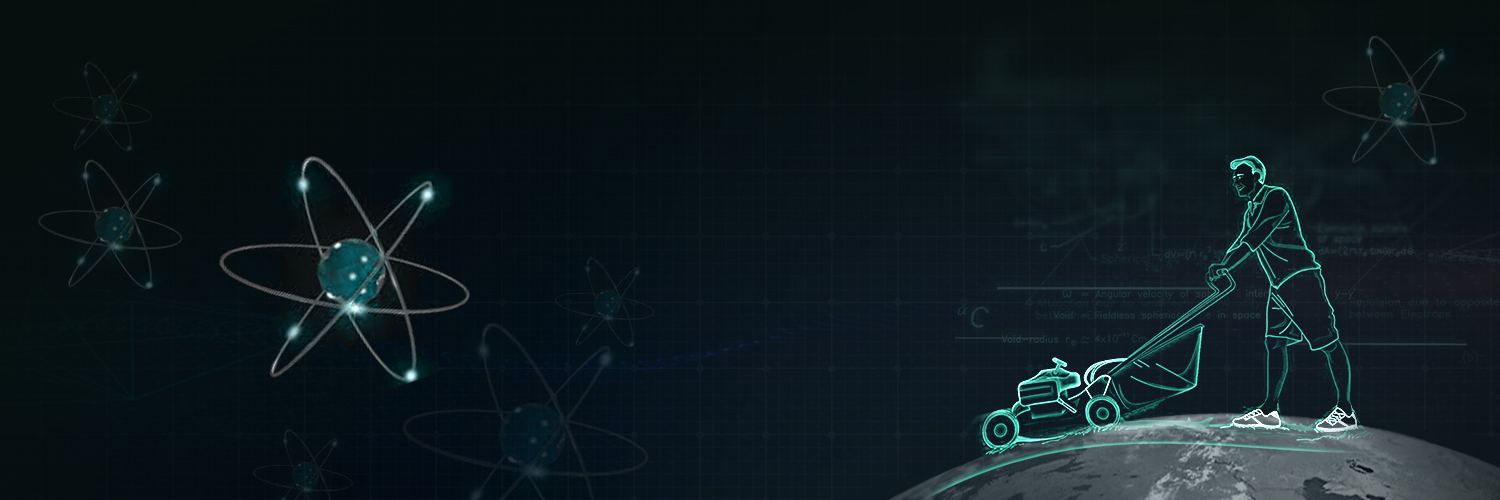
Motions of body around us like throwing a ball, hammering a nail, etc are based on the relationship between force and motion.
A force cannot be seen. It can be judged only by the effects which it can produce in various bodies (or objects) around us.
Forces are of two types:
Balanced forces: When the resultant of all forces acting on a body is zero, the forces are said to be ‘balanced forces’.
Unbalanced forces: When the resultant of the all forces acting on a body is not zero, the forces are said to be ‘unbalanced forces’.
The resultant force is a single force obtained by combining several forces acting simultaneously on a body
Whenever a body slides or rolls over the surface of another body, a force comes into action which acts in the opposite direction of the motion of a body. This opposing force is known as friction.